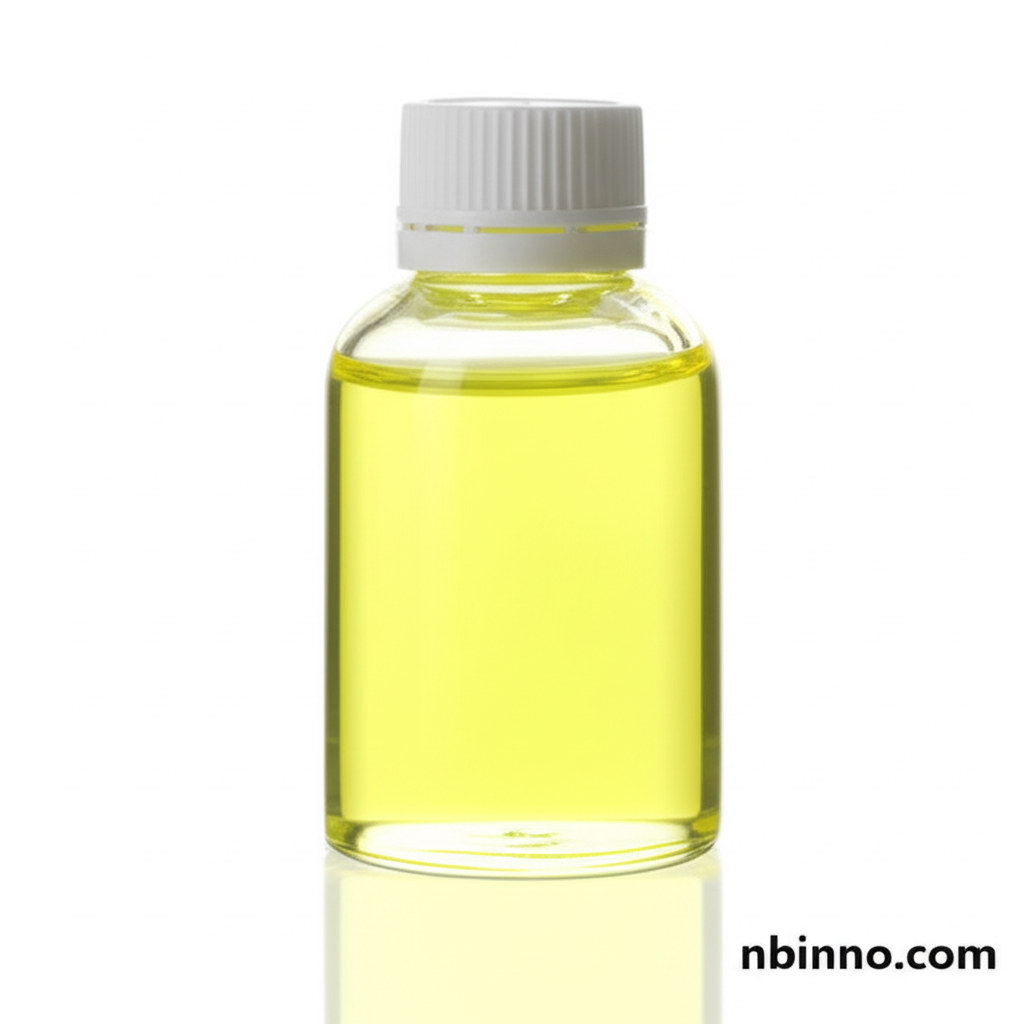High-Purity (S)-(+)-2,2-Dimethyl-1,3-dioxolane-4-methanol CAS 22323-82-6: A Versatile Chiral Building Block for Chemical Synthesis
Discover the key properties and applications of this vital chiral intermediate for your advanced chemical projects.
Get a Quote & SampleProduct Core Value

(S)-(+)-2,2-Dimethyl-1,3-dioxolane-4-methanol
This compound is highly valued as a MEK inhibitor with demonstrated antitumor activity, making it a crucial component in pharmaceutical research and development. Its chiral nature also positions it as a key building block in complex organic synthesis, enabling the creation of stereospecific molecules vital for many applications.
- Explore the use of (S)-(+)-2,2-Dimethyl-1,3-dioxolane-4-methanol CAS 22323-82-6 in advanced pharmaceutical intermediate preparation, leveraging its unique chemical structure.
- Unlock new possibilities in organic synthesis with this versatile chiral building block, facilitating stereospecific reactions.
- Discover its application in the synthesis of glycerides and phosphoglycerides, essential for biochemical research and material science.
- Learn about its role in areas such as UV-Curing Materials and Electronic Chemicals, showcasing its broad utility.
Key Advantages
Exceptional Chirality
The inherent chirality of (S)-(+)-2,2-Dimethyl-1,3-dioxolane-4-methanol makes it indispensable for creating enantiomerically pure compounds, critical in the pharmaceutical industry.
Broad Chemical Reactivity
As a fine chemical building block, it participates in a wide range of reactions, offering flexibility for synthetic chemists aiming to develop novel molecules.
Established Biological Activity
Its proven efficacy as a MEK inhibitor with antitumor activity highlights its potential for therapeutic development and biological research.
Key Applications
Pharmaceutical Intermediates
Utilize this compound for the synthesis of complex pharmaceutical agents where stereochemistry is paramount.
Chiral Synthesis
Employ it as a chiral auxiliary or building block in asymmetric synthesis to achieve desired stereoisomers.
Biochemical Research
Its role in synthesizing glycerides and phosphoglycerides supports studies in cell biology and lipid chemistry.
Material Science
Explore its integration into specialized materials like UV-curing components and electronic chemicals.
